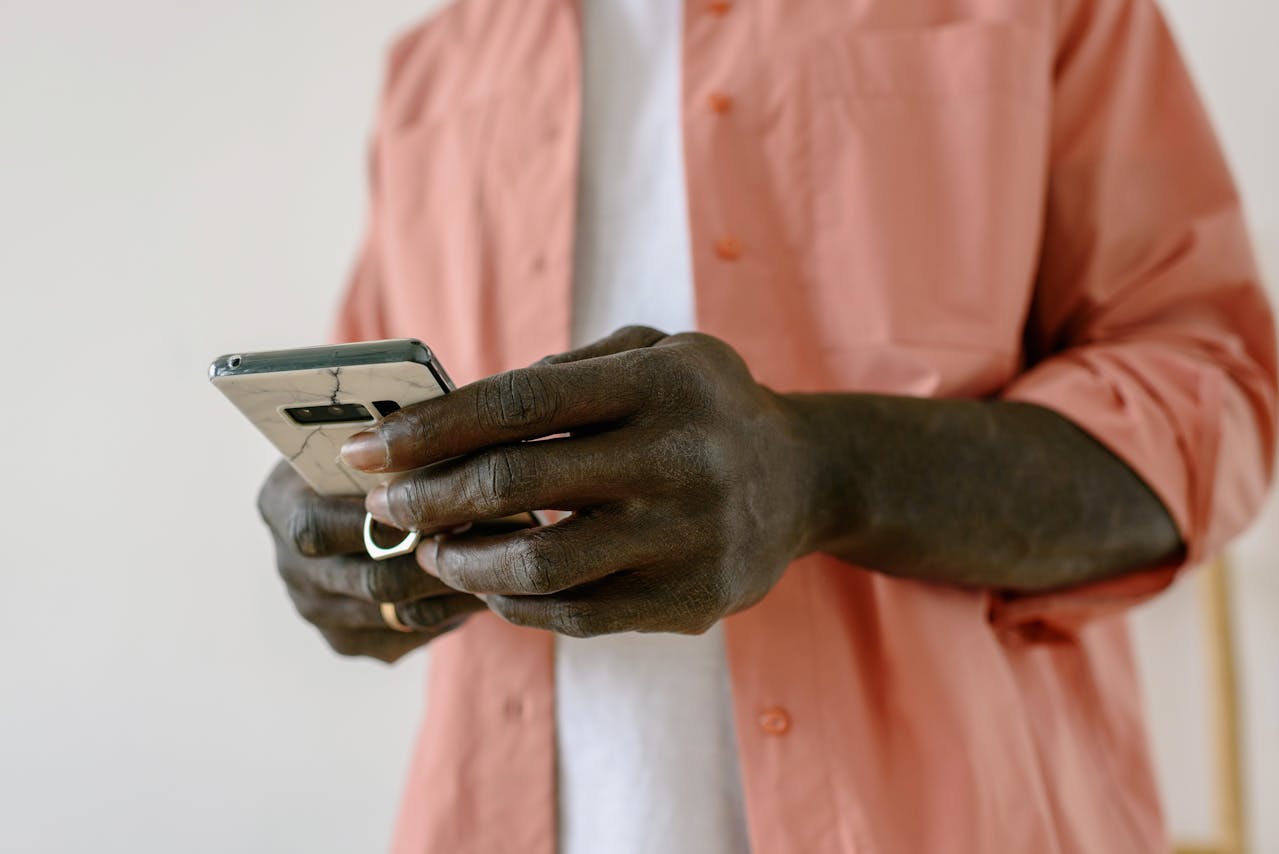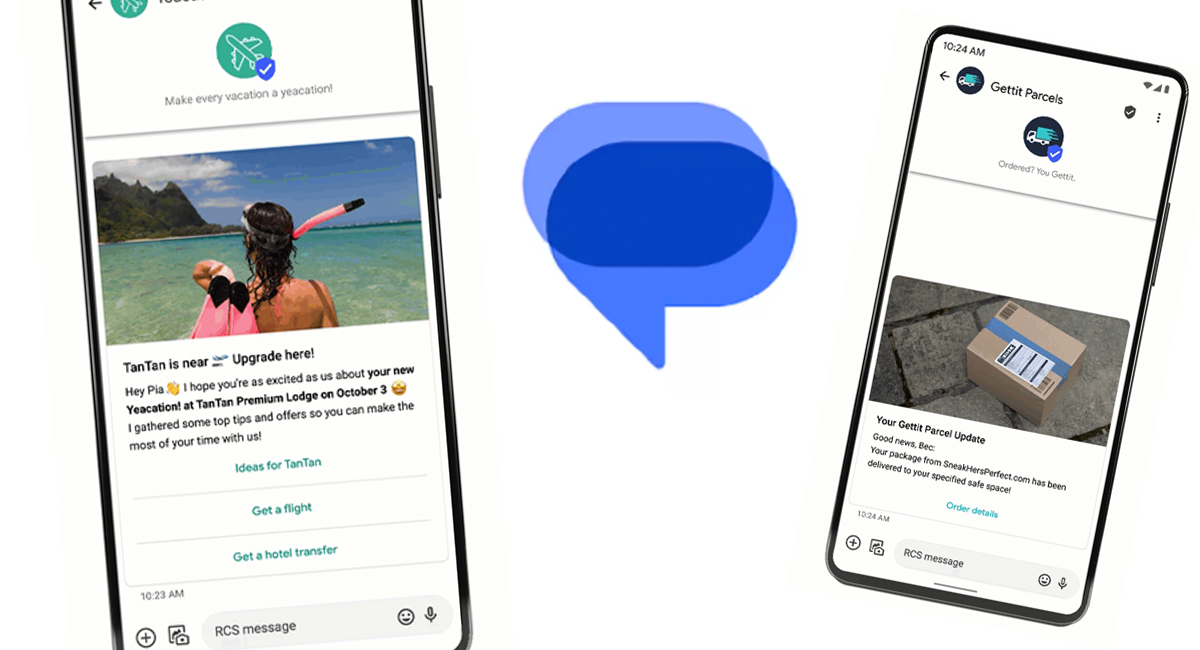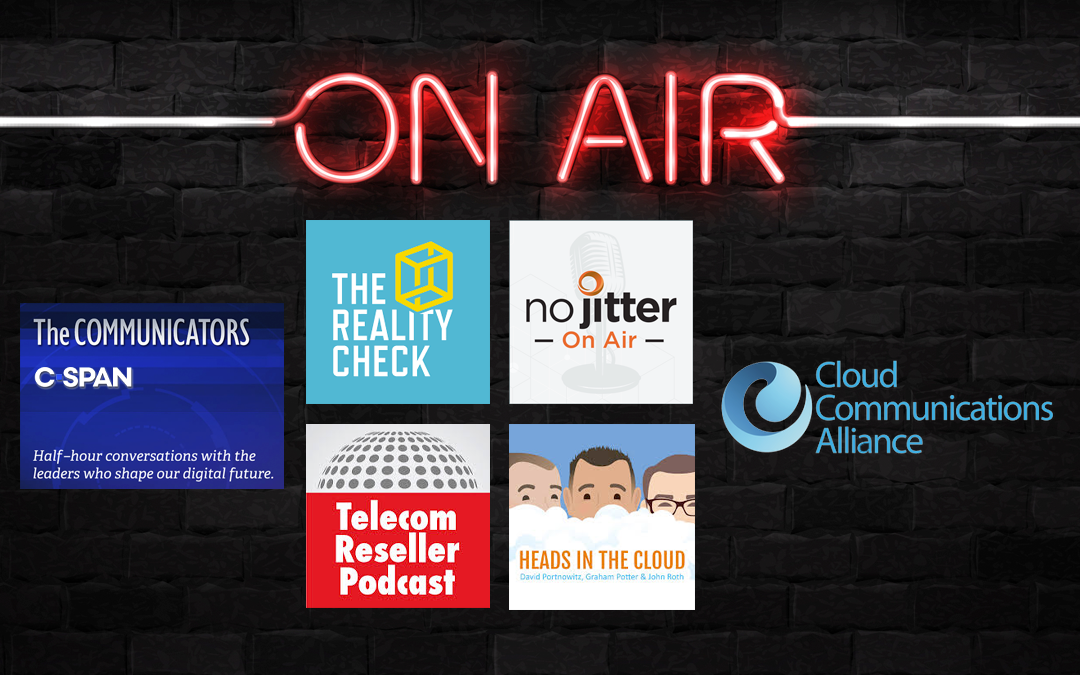Word on the street is that the new requirements around Application-to-Person (A2P) 10DLC texting campaigns are a big challenge, at the very least: more steps, more costs, more time, more labor, lots more questions.
To be sure, the questions are not the least of it when every carrier is making their own rules and they keep changing their minds about every little detail. It’s a bit crazy (and a fair bit more work) for us at Commio too, but we’re also excited. Why?
To understand the advantages of this brave new world of 10DLC text messaging, you need to know the history.
In the “Good Old Days”
Once upon a time, businesses had the option to send toll-free and short code (5-6 digit) messages through A2P channels (still do). Then they — and okay, especially us marketers — got excited about 10-digit long code texting and started slamming large amounts of bulk commercial traffic down the channels reserved for low-volume Peer-to-Peer (P2P) traffic. This had several benefits for the senders:
- Mobile subscribers are more likely to respond to “local” numbers
- Lower number and messaging costs vs. Toll-Free & Short Code
- Increased capacity with more numbers to send from
- Traditional P2P channels had minimal carrier filtering
As one might guess, spammers were also attracted by its lower cost and 98% open rate — generally opened within the first couple minutes of receipt.
All of this quickly became a point of contention for the carriers, however (not to mention consumers), and made it harder to deliver the legit messages. Carriers even considered blocking all the non-P2P traffic hurtling through the wrong channels, which would have been worse yet for businesses. Instead, Verizon got wise and created a separate A2P channel for commercial messaging that allowed long codes but with a surcharge or “Pass Through Fee” (PTF): 10DLC was born.
But What About the Spam?
Having dedicated lines solved the traffic issues, but did nothing for the growing number of spammers and — with them — consumer complaints. It would only be a matter of time before the Federal Communications Commission (FCC) stepped in, as they have with robocallers who spoof caller IDs (see STIR/SHAKEN), so the carriers decided to be proactive. While it’s still a work in progress, the carriers agreed on a core set of requirements around 10DLC texting campaigns:
- A Brand Registry so they can verify the sender
- A Campaign Registry so they can confirm what is being sent
- Easy access to all of this information
- Full support for registered campaigns
The Upside for Your Campaigns
Most of what we’ve heard so far are the complaints about the passthrough fees, reduced message throughput, and brand/campaign registration issues. But let’s think about this. While unregistered traffic will be fined and face increasingly lower deliverability, registered 10DLC campaigns are now sanctioned and supported. So what does this mean for businesses who successfully register their brands and campaigns?
- No traffic issues
- Campaigns have been legitimized (again, full support!)
- A lot less spam to compete with
- You’ll be forced to optimize your messages
- Higher deliverability
- Better open rates
- Better conversions
- Better return on your investment (ROI)
- Did we mention a lot less spam?
Sounds pretty good, doesn’t it: let your message shine! And, Commio makes it easier yet; you can register both your brand and your campaigns directly in the Commio portal and the team is happy to help (contact your account manager or the support team to request access).
It will take a little work to get everything in place in this Brave New World, and undoubtedly the carriers will make a few more changes as they go through the learning curve, as well. At the end of the day though, we see a lot more upside — not just for businesses but for each of us as consumers.
See also: The Players | Brand Registry | Campaign Registry | Registration How-To | T-Mobile Fees

















